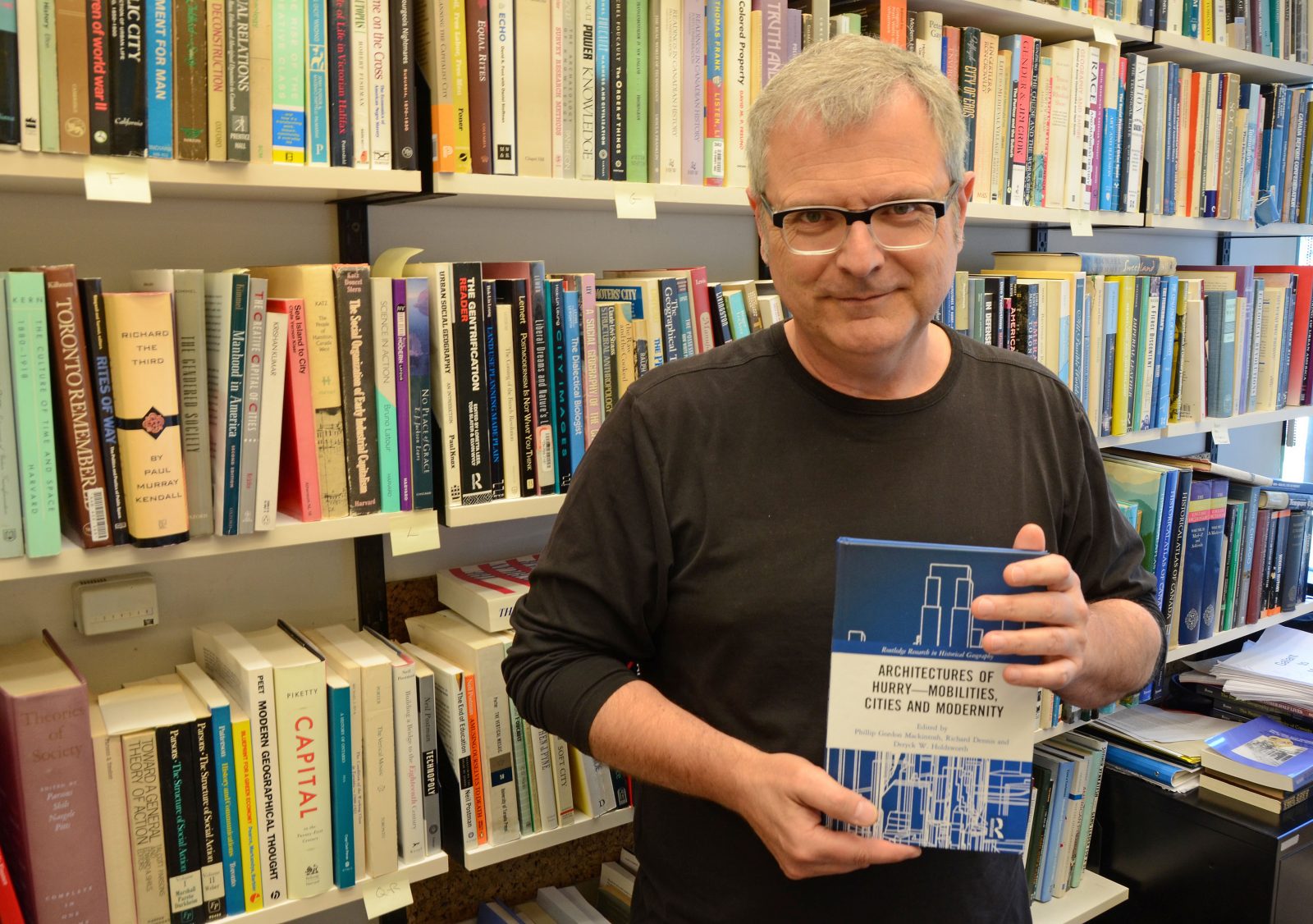
Banning cars is one way to ensure pedestrian and cyclist safety on city streets. Andrew Gook/ Unsplash
Phillip Gordon Mackintosh, Associate Professor of Geography and Tourism Studies at Brock, wrote a piece recently published in The Conversation about pedestrian and cyclist deaths and injuries in Toronto’s busy streets.
Mackintosh writes:
It seems every day, another pedestrian or cyclist is injured or killed in Toronto. In this respect the city is living a historical déjà vu: interwar Toronto (1919-1939) witnessed similar numbers of walkers and bikers — especially children — dying on its streets by the same cause: Automobiles.
Yet, like their earlier cousins, today’s Torontonians hear the same platitudes voiced by police and community leaders: Cyclists and pedestrians must actively defend their own self-interests. In other words, cyclists and pedestrians must ultimately construct ways to protect themselves — by themselves — on thoroughfares full of dangerous motor vehicles.
How odd that in 2018 the best Toronto’s policymakers and enforcers can do is to rehash a century-old idea that in practice failed catastrophically in the past? Historical fatalities involving children give us a glimpse into Toronto’s remarkably unimaginative approach to the street.
Toronto’s leaders alone created this intolerable street-policy circumstance. Their virtual indenture to the car since the 1910s effectively renders them policy-impotent.
Continue reading the full article here.
/https://www.thestar.com/content/dam/thestar/opinion/contributors/2018/07/29/policy-makers-tune-out-torontos-human-roadkill/h3rgsoz3.jpg) Crossings at Maclennan Ave. were labelled death traps when this picture was taken in 1937. Traffic officers were stationed at the bottom and top of the hill to make sure schoolchildren crossed — or dashed across — safely. (EI SCAN)
Crossings at Maclennan Ave. were labelled death traps when this picture was taken in 1937. Traffic officers were stationed at the bottom and top of the hill to make sure schoolchildren crossed — or dashed across — safely. (EI SCAN)









